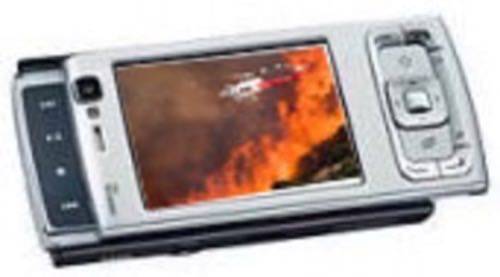A study that will appear in tomorrow’s New Scientist magazine found that social media sites, blogs, and instant messaging services were better at connecting people and providing warnings during emergencies than traditional sources of such information, according to the Telegraph. Dr. Leysia Palen, an Assistant Professor of Computer Science at the University of Colorado, led a research team that studied uses of social media during last fall’s wildfires in California and last spring’s shootings at Virginia Tech for the report.

During the wildfires, the team found that people were using Twitter to spread updates about where the fires were to friends and family, and Google maps mashups were hacked together to keep people informed of new fires and schools and businesses that were closed. This information was was being disseminated far more quickly than via official governmental channels, according to the report.
“The mass media were unreliable, the study found, as they struggled to access remote areas from which website users with an internet connection could easily report,” writes Andy Bloxham. The mainstream media was seen to be focusing on “sensational” aspects of the fire as well, according to Palen, such as homes of celebrities that were caught by the fire.

While local authorities were still trying to organize after the shootings at Virginia Tech last April, a Wikipedia page accurately describing the shooting (according to Pelan) was online within 90 minutes of the first deaths. Students created the now famous “I’m OK at VT” Facebook group a scant 20 minutes after the Wikipedia article and began using the social network to connect family and friends. (From personal experience, I can tell you that many of my friends were on Facebook within hours that day trying to track down a mutual friend who attends the school.)
As we previously reported, the role of citizen journalism has begun to be recognized by mainstream media outlets during these tragedies. During the wildfires in California, for example, CNN’s i-Report section saw dramatic growth and was eventually spun off as a standalone site.
“Members of the public play an absolutely critical role in disaster response. Now we’re seeing what happens when you superimpose a technological layer on top of that,” Palen told the Telegraph. “Instead of rumour-mongering, we see socially produced accuracy.”
We’ve noted that as the Twitterverse grows, it has become an amazing vehicle for the dissemination of breaking news because it breaks down the news cycle to mere seconds. We predicted that Twitter would “become an increasingly more important point for the distribution of breaking news during 2008, to the extent that traditional journalists will begin to pay more and more attention to it the way they have to blogs.” In February we reported that news of an eartquake in the UK first broke on Twitter and just a couple of days ago we wrote about the ways in which journalists can use Twitter (though not many yet are).

Yesterday we reported that use of mobile technologies by non-profit organizations on the ground is skyrocketing, and the Telegraph makes mention of the American Red Cross using Twitter to exchange local information during disasters. As mobile and social media tools become more prevalent in our lives, they will be used more and more as points of distribution for breaking news and emergency information. It is not surprising that social networks and social media sites are the first place people turn during a disaster — online tools are fast, personal, and the web community is large — and that is a habit that is only going to increase.










